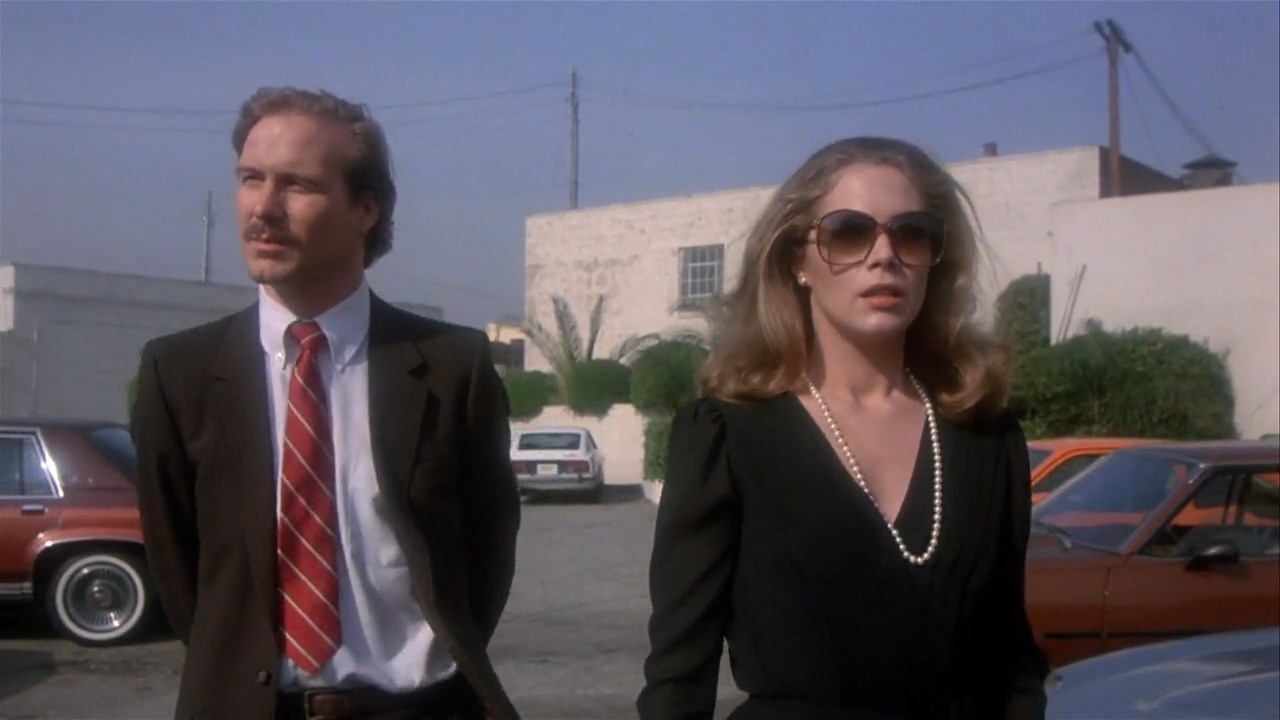

I think the element of white (I was stricken by it the very first time I watched the movie) and Lana’s interpretation, with her icy looks, withering glances and undeterred determination ( “I want to be somebody.”), are two of the movie’s strongest points. She doesn’t seem to be evil, at least not by her own flawed character, but rather by fate, and she showcases such a wide range of emotions throughout the film, that she almost manages to get us on her side. Dressed in immaculate white (costumes by Irene), Cora is making you doubt her dark, murderous impulses. Epstein.īe that as it may, it doesn’t lessen the great impact that Lana’s white wardrobe had on the character and on the plot. And it somehow took a little of the stigma off of everything that she did,” said the director, Tay Garnett, in the book “Lana: The Public and Private Lives of Miss Turner”, by Joe Morella and Edward Z. We figured that dressing Lana in white somehow made everything she did seem less sensuous. “At that time there was a great problem of getting a story with that much sex past the censors. One major reason was to get the film past the censors. Unlike any other femme fatale, Lana Turner wears white almost exclusively in The Postman Always Rings Twice. Lana Turner as Cora Smith in The Postman Always Rings Twice ( 1946) Here are four femmes fatales who commanded the screen with ferocity… while wearing white, either almost entirely or in pivotal moments of these films. Maybe we thought the world would end.” Those lines epitomise the essence of the film noir love story. All I ever had to go on was a place and time to see her again. What was left of the day went away like a pack of cigarettes you smoked. “I never saw her in the daytime”, says Jeff Bailey about his nemesis, Kathie Moffat, in Out of the Past. Watching noir films during summertime keeps me grounded: “Don’t kid yourself that this will last forever.” Because you almost do, don’t you, believe in an endless summer? It is also the genre that offers the perfect contrast to my favourite season, to the bright and euphoric summer days. But blood-red lipstick is.įar from finding film noir heavy and gloomy, I rather regard it as a prime contributor to restoring the balance disrupted by the traditional notion of Hollywood happy endings. She is not afraid to walk alone down the empty streets under dimly lit lamps, nor to meet him in the darkest alleys, in pursuit of security, luxury and furs. The wrong kind of woman, who entices him in an illicit passion. The morally ambiguous hero, alienated from society, charismatic yet flawed, charting a course through a disillusioned life and towards a doomed fate often brought to him by the woman he falls for. The quotable lines that float up into your consciousness and stick. Maybe that’s why noir is my favourite film genre.


 0 kommentar(er)
0 kommentar(er)
